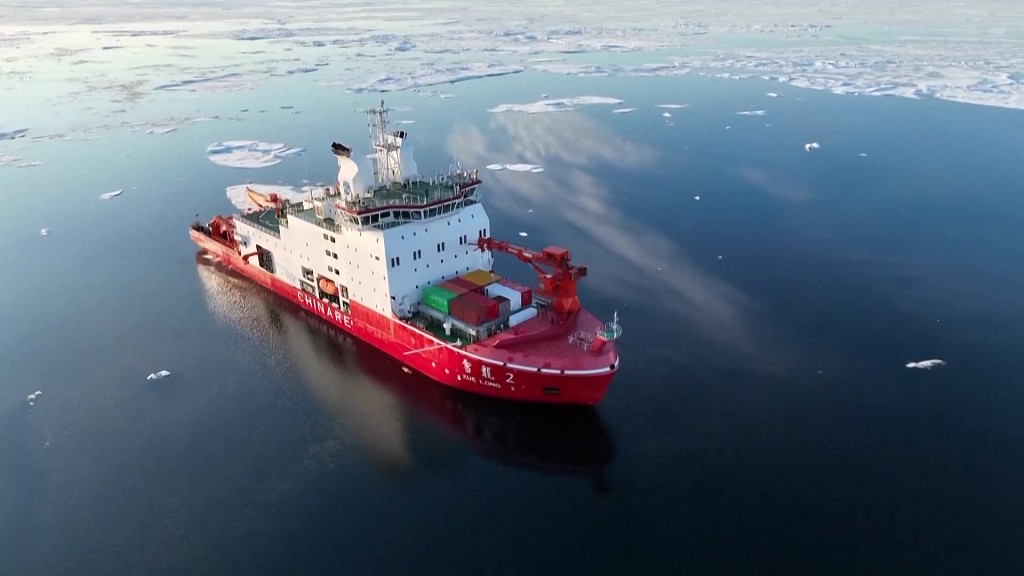
China's 13th Arctic Ocean scientific expedition team sailed away from the Arctic region aboard the Xuelong-2 polar icebreaker, September 14, 2023. /CFP
China's 13th Arctic Ocean scientific expedition team sailed away from the Arctic region aboard the Xuelong-2 polar icebreaker, September 14, 2023. /CFP
Chinese scientists have made multiple achievements in hydrologic, meteorological and physics experiments during the 13th expedition to the Arctic Ocean aboard the domestically built Xuelong-2 polar icebreaker.
During their expedition, the Chinese scientists established a temporary research station at about 84 degrees north latitude and carried out multiple experiments within four days.
One of the experiments is using synthetic aperture radars (SARs) to observe sea ice.
A SAR sends out a microwave signal and records the signal scattered back from the earth's surface to create images. It can be aboard satellites, high-altitude airships, manned aircraft or unmanned aerial vehicles.
Looking through darkness, clouds and rain, it can be used in agriculture, forestry, water conservancy and surveying and mapping.
According to Zhu Yongtao, a member of China's 13th Arctic Ocean Scientific Expedition mission, they used five various frequency bands of SAR to build an integrated testing platform, thus conducting sea ice observation by microwave remote sensing.
Zhu said they've acquired raw data in two different frequency bands at different incident angles.
The research team has also conducted research on ice cores – cylinders of ice drilled from ice sheets and glaciers – one of the most important methods for conducting sea ice.
The vertical growth of sea ice is just like tree rings. Through observations at different layers, the distribution and changes of sea ice in physical, biological, chemical and other aspects can be obtained, according to Lin Long, a member of the expedition mission.
Icebreakers are graded into different classes according to their ability to break ice. The Xuelong-2 is the most powerful one among medium-sized icebreakers, and it can work continuously to break 1.5 meters of ice plus 0.2 meters of snow.
Further research on the collision between sea ice and a ship helps optimize the design of an engineering structure for polar seas and enhance the capabilities of icebreakers in the future.
The expedition team departed from Shanghai on July 12 and is scheduled to return to Shanghai by the end of September.